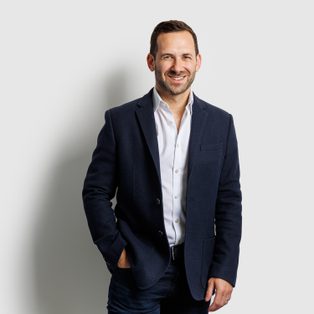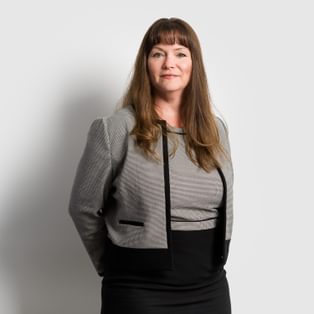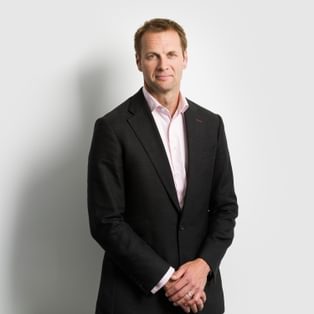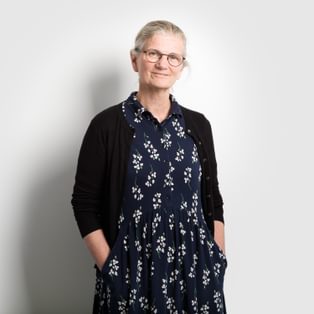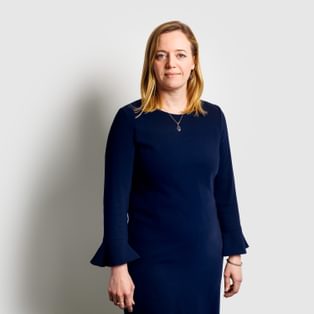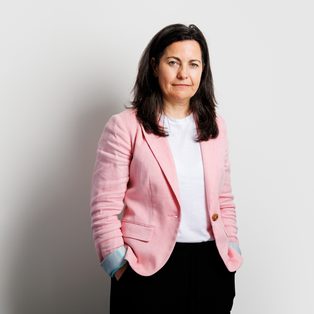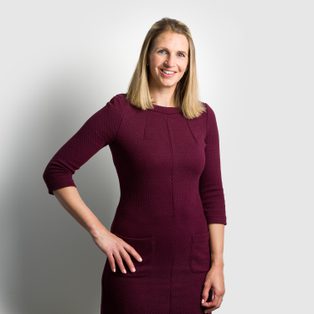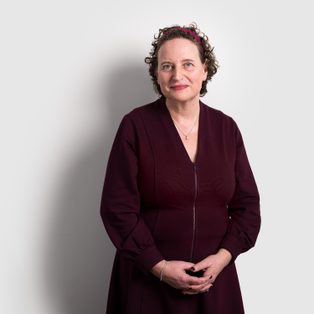“It doesn’t take a genius to know that any organisation thrives when it has two leaders. Go ahead; name a country that doesn’t have two presidents. A boat that sets sail without two captains. Where would Catholicism be without the Popes?” The Office, ‘The Promotion’
Many projects have various parties ‘for whom a project is carried out’. How do you decide which of them is a client for CDM purposes?
The HSE Guidance deals with this and suggests various criteria:
- who ultimately decides what is to be constructed, where, when and by whom;
- who commissions the design and construction work (i.e. ‘the employer’);
- who initiates the work;
- who is at the head of the procurement chain; and
- who appoints contractors and designers.
Despite the criteria outlined above, we are still often left with some questions.
Should there be multiple CDM clients?
With complex projects there can be more than one CDM client. This runs the risk of conflicting instructions as well as a lack of clarity and responsibility, or even a vacuum, for carrying out the client’s CDM duties. For instance, who will provide the pre-construction information to designers and contractors? Who will appoint the principal designer and principal contractor? Who will give notice if the project is notifiable? You do not want two captains of the ship.
Where there is doubt or a risk that there is more than one client, then to avoid confusion the parties should agree in writing who will take on the CDM client duties, as set out in Regulation 4(8). However, clients who are not taking on the CDM client duties are still required to provide any information in their possession that could be relevant for the pre-construction information and to cooperate with anyone involved in the project.
Who is the client – some scenarios
- A developer (A) purchases land to develop and build housing but agrees with a purchaser (B) for B to purchase the land and all housing built on it. B then makes the payments for the works on a monthly valuation basis but has limited input on the design and construction, which is procured by A. Who is the client for the purposes of the CDM Regulations? [br]As A appears to be making the majority of decisions regarding design and construction of the houses it is a client and would be in a position to act as the CDM client. B, by making payments, could also be considered a CDM client. However, as A has a more hands-on role, it is the more obvious candidate.
- On a multi-flat residential property with a managing agent, if works are being carried out and paid for by the landlord but commissioned by the managing agent, who is the CDM client?[br]Considering the factors in HSE’s Guidance, the party named as employer in the contracts for the works (either the landlord or the managing agent) would be a client and best placed to fulfil that role. Both landlord and managing agent could fall under the CDM definition of a client.
- Solicitors acting for or as trustees of a trust fund require works to be carried out to a property to improve wheelchair accessibility. Are the solicitors the client, or would the beneficiary of the trust be the client, because they will be the occupier of the property?[br]The solicitors acting for the trustees of the trust fund or as trustees themselves would be a client for the project. They would not be considered to be a domestic client, although the beneficiary of the project would be. The solicitors will need to understand, and be ready to discharge, the duties that fall to the CDM client.
Passing the buck?
CDM does not permit a client to appoint an agent to carry out the client duties for it, but it can delegate its CDM duties to another party. The client will be named as such on the F10 and remain liable, but the other party to which the duties have been delegated will be responsible for carrying them out and, as a matter of contract, be liable to the client for any failure to do so.




